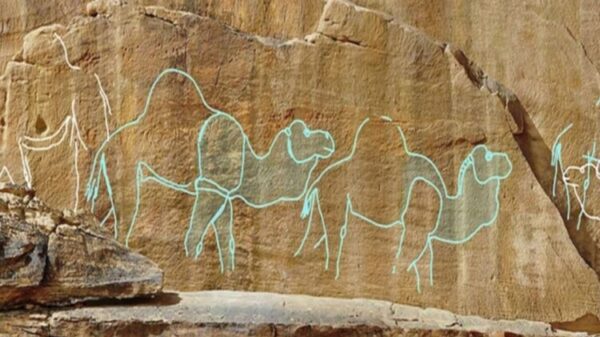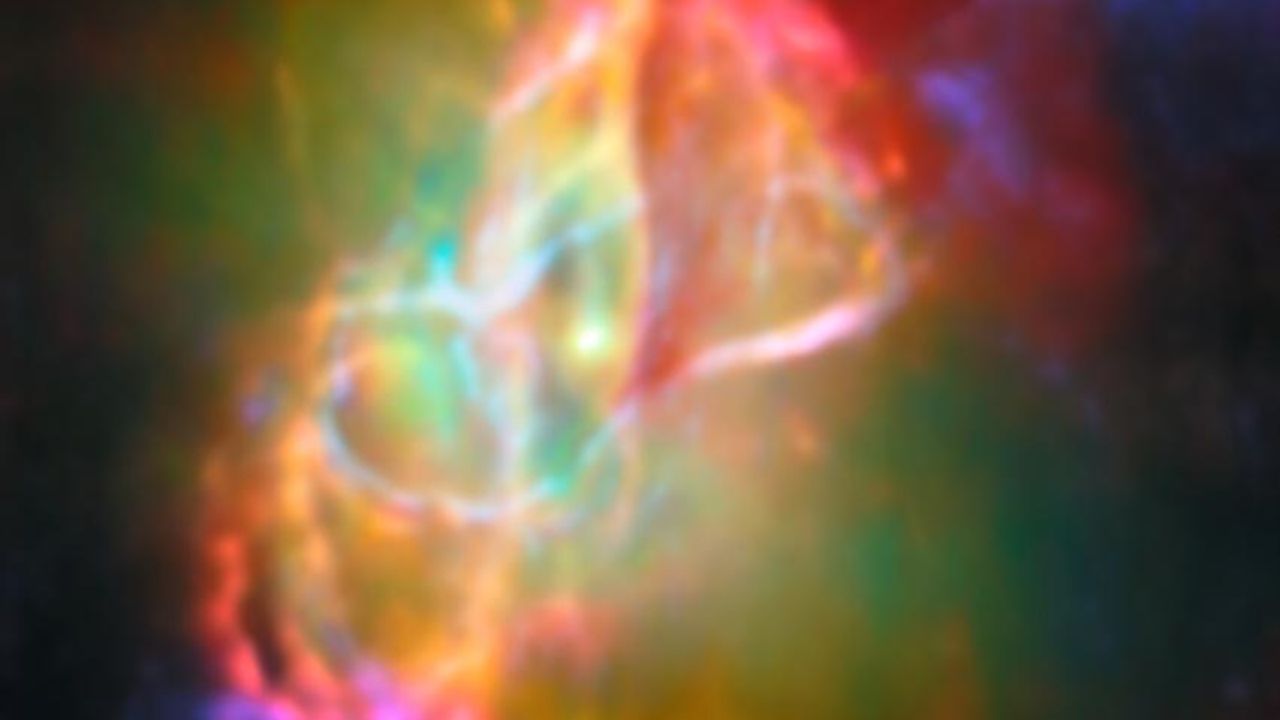The James Webb Space Telescope (JWST) has made a groundbreaking discovery, capturing the formation of cosmic dust particles that serve as the building blocks for planets around young stars. This observation, detailed in a study published on August 27, provides new insights into how fundamental materials coalesce to form planets, according to lead researcher Mikako Matsuura from Cardiff University.
Located approximately 3,400 light-years away in the constellation of Scorpius, the Butterfly Nebula, also known as NGC 6302, is a planetary nebula resulting from a sun-like star that has exhausted its hydrogen fuel. The star’s outer layers have been expelled into space, creating the nebula, while its core remains as a superheated white dwarf, radiating at an astonishing 220,000 degrees Celsius (396,000 degrees Fahrenheit). The nebula’s bi-polar structure resembles a butterfly, with two prominent lobes extending outward.
The JWST captured this fascinating image using its Mid-Infrared Instrument (MIRI), complemented by data from the ALMA radio telescope. The focus of these observations was the central torus of dark dust, which exhibited significant findings. While typical interstellar dust particles measure up to 0.1 microns in size, the crystalline silicate dust found in the Butterfly Nebula’s torus had grain sizes approaching one millionth of a meter. This size is notably larger than standard interstellar grains and aligns more closely with the dust found in regions where stars and planets form.
This discovery sheds light on a crucial phase of the planet-formation process. In regions where new stars are born, dust particles coalesce into planet-forming disks, gradually forming pebbles that can accrete into larger bodies and ultimately evolve into planets. The presence of larger dust grains in the Butterfly Nebula indicates the initial stages of this planet-building process.
The dust in molecular gas clouds that gives rise to new star systems originates from the remnants of previous generations of stars. This cycle of stellar death and rebirth reveals how dust eventually finds itself in the gas clouds that form new stars. Until this observation, the specific mechanisms by which larger dust grains form had remained elusive.
“For years, scientists have debated how cosmic dust forms in space,” said Matsuura. “But now, with the help of the powerful James Webb Space Telescope, we may finally have a clearer picture.”
The size of the detected dust grains suggests they have been growing for some time, aided by chemical reactions fueled by the intense heat from the central white dwarf. Notably, the JWST identified quartz crystal grains within the Butterfly Nebula’s dusty torus. Matsuura noted the variety of dust types observed, stating, “We were able to see both cool gemstones formed in calm, long-lasting zones and fiery grime created in violent, fast-moving parts of space, all within a single object.”
In addition to the crystalline dust, the JWST observations also revealed the presence of polycyclic aromatic hydrocarbons (PAHs), which are common carbon-based molecules. PAHs, found on Earth in substances such as burnt toast and car exhaust fumes, are abundant in deep space and are believed to play a significant role in the chemistry of star- and planet-forming regions. The PAHs in the Butterfly Nebula appear in flat ring-like structures, possibly formed as particles expelled by the white dwarf interact with surrounding gas.
As the Butterfly Nebula gradually disperses over tens of thousands of years, the quartz grains, PAHs, and other molecules produced from the star’s death will drift into interstellar space. These materials may eventually contribute to the formation of new star systems, continuing the cycle of cosmic creation.
The findings from the JWST observations mark a significant advancement in our understanding of cosmic dust and its role in the formation of planets and stars, opening new avenues for research in astrophysics.







































































